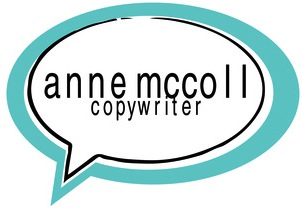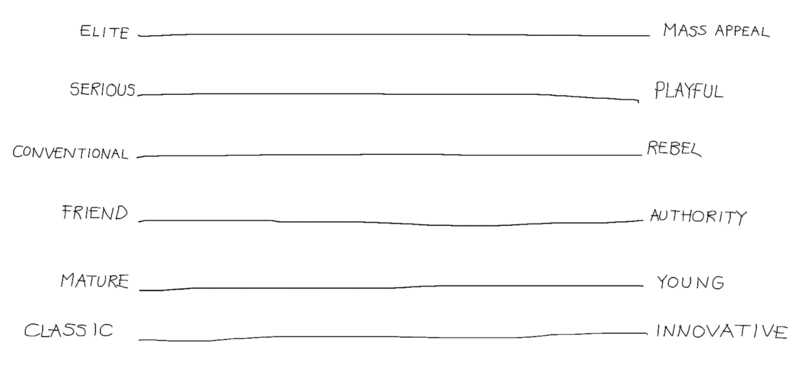Over the past six months, I have been experimenting with a new DIY brand voice workshop that I have been using with clients and in the copywriting classes I teach. It's free and I thought you might want to give it a try.
It's based on the 3-Hour Branding Sprint developed by the folks at Google Ventures. I've adjusted it a bit. It's perfect for solo buisness owners and small groups. Try it out and let me know what you think!
Can you explain your brand?
If not, use these simple exercises to make the idea of your brand into something concrete. If It’s just you, just print out this handbook and doodle away. If you’re part of a team, draw these diagrams on large sticky note posters. After you’re done, you (and your team) should have some common language to describe you’re your brand is all about.
Note and VoteBranding is one of those things where you can talk for hours and hours and still note make a decision. Note and vote limits your discussion time and allows quieter people to be heard.
How to make decisions quickly.
Time to generate ideas: Everyone gets a Sharpie, a pad of sticky notes and the permission to go crazy for two minutes. One idea per sticky note. No self-editing. The idea is to generate a lot of ideas.
Narrow down: Then, the timer is set for two more minutes, while each person selects their favorite idea or two.
Share: Now it’s time to share. Everyone shares their ideas while one person records them. Next, another five minutes passes while everyone individually picks out a favorite idea from the whiteboard and writes their vote down.
Ta-da: The votes are revealed and noted on the whiteboard. One person, the “decider,” (who is chosen in advance) makes the final call on which idea to go with. (The decider is the CEO of your company.)
Your Mission
Where are you going to be in one, five, and ten years? Taking a long term approach helps you focus on the big picture.
Guiding Principles
List your guiding principles. It’s easy to list 20. But it’s hard to narrow them down to three. This is your point of difference.
Audience
Who is your audience. You might have many. But focus on the top two or three. Ask yourself, what do they care about? What’s their problem that we can solve?
Draw an audience pie chart and label what their top need is.
What, How, and Why
When you know why you’re in business and have a unified way to talk about it all of your marketing and communications fall into place.
The What – Please write a phrase or sentence describing your primary business for the next five years. Examples: We make tacos. I am a financial coach.
The How – What’s our secret sauce? What technology or approach sets us apart from the competition? Examples: We make our tacos with fresh ingredients. I help people gain finyancial literacy.
The Why – You can think of the "why" as the reason you get out of bed in the morning and go to work. The "why" should reflect the core reason your company exists, and it won’t change much over time. Examples: We sell food with integrity. If you don’t plan your future, who will.
This is adapted from Simon Sinek’s Golden Circle.
Brand Personality
Where does your brand voice fall? You can fall to the left in some ranges and fall to the right in others. That’s okay. What you don’t want is your brand voice landing in the middle of everything. That’s bland and boring.
Landscape
Take a sticky note and place where your company is in comparison to the competition. You might want to change the labels to fit your industry. For example, you might use high tech/no tech. Or business/inspiration. Corporate/casual.
Ta-da!
Here you have it, simple beginnings of a brand guide. Use it to help drive your messaging. Or bring it when you engage a social media person, web developer, designer, or copywriter.
Clarity Wins! Branding Workshops
If you would like me to lead you or your team through a Clarity Wins! Branding Workshop, just hit me up at stories@annemccoll.com!
Happy writing! :)









